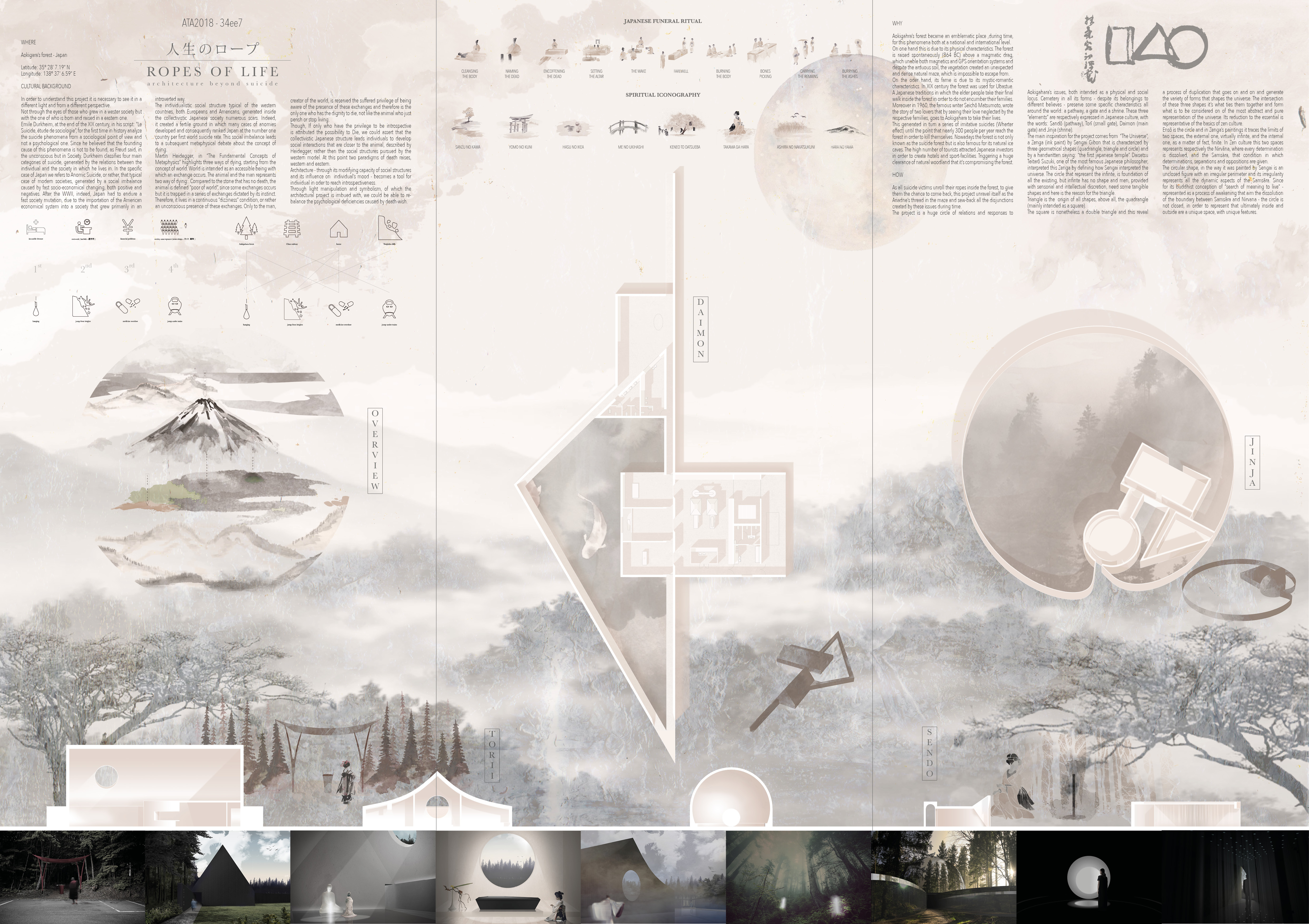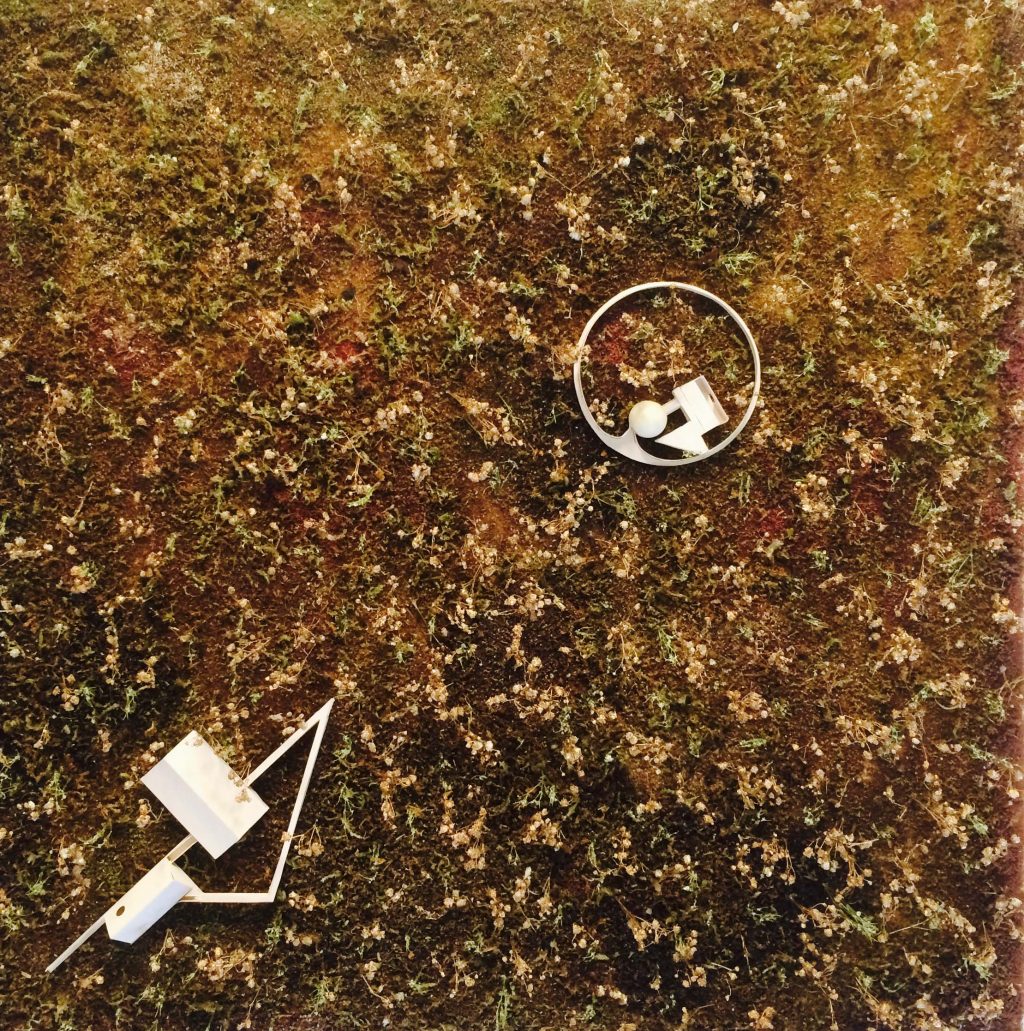Aokigara’s forest – Japan
Latitude: 35° 28′ 7.19″ N
Longitude: 138° 37′ 6.59″ E
A story like this should never be told.
Because its world is as forbidden as it is fragile.
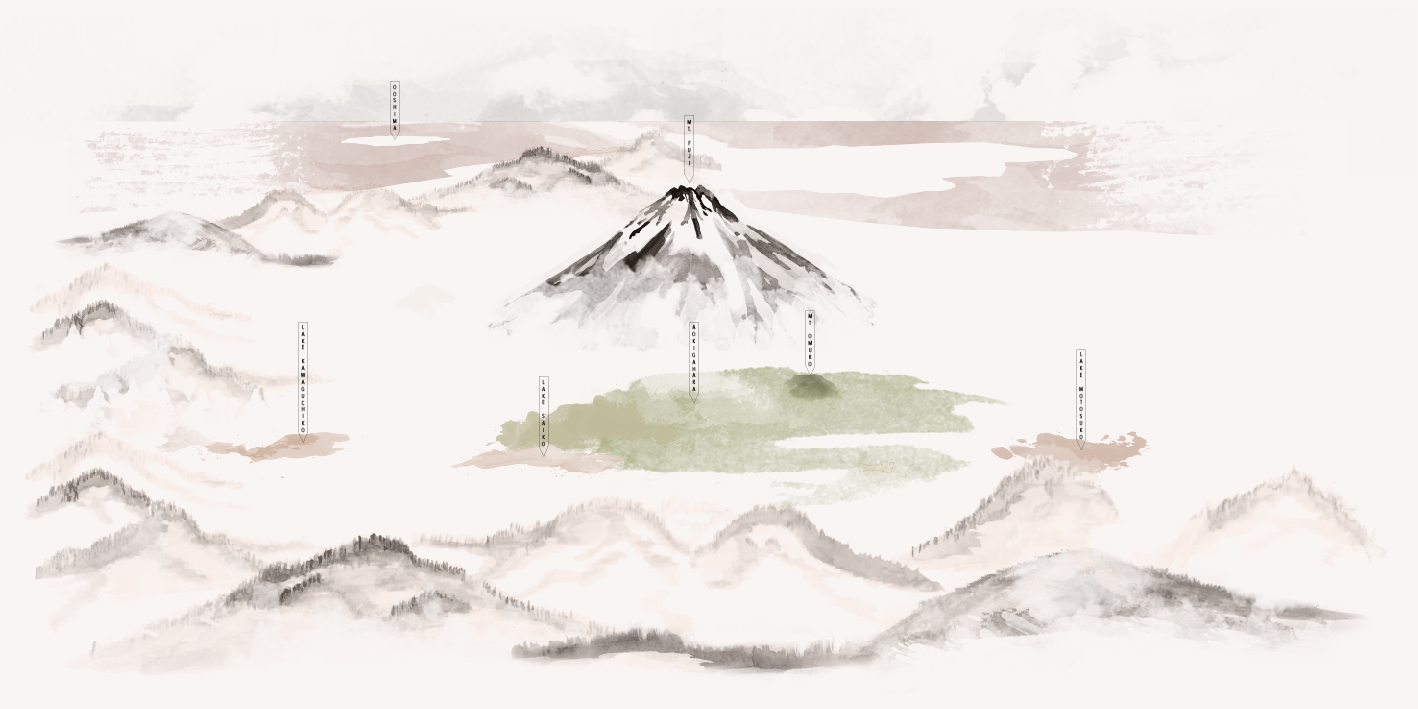
Three-hundred ropes are tightened each year from tree to tree, like modern Ariadne’s threads in what we could define the largest natural maze in the world. Raised spontaneously in 864 BC above a magmatic drag, which unable whatever kind of orientation tools, Aokigahara’s forest is passed to history as the suicide forest. A wooden sign says: “Let’s think once more about the life you were given, your parents, your brothers and sisters, your children. Don’t suffer alone first, please contact somebody.” It is positioned as a jamb at the entrance of this place, historically and socio-culturally soaked, in a country that boasts (so to speak) one of the highest world suicide rate. Could this be the answer that such an avant-garde country, as much as rooted in its traditions, gives to one of the most influencing problems of its own? Japanese architecture - Mecca for the most renowned artists - conceal between the sequentiality of the spaces, its materiality and the designed atmospheres the ability to manipulate human emotions. Is suicide though - considering the extremity of the gesture and its complexity at sociological and psychological level - liable to deviation by architecture?
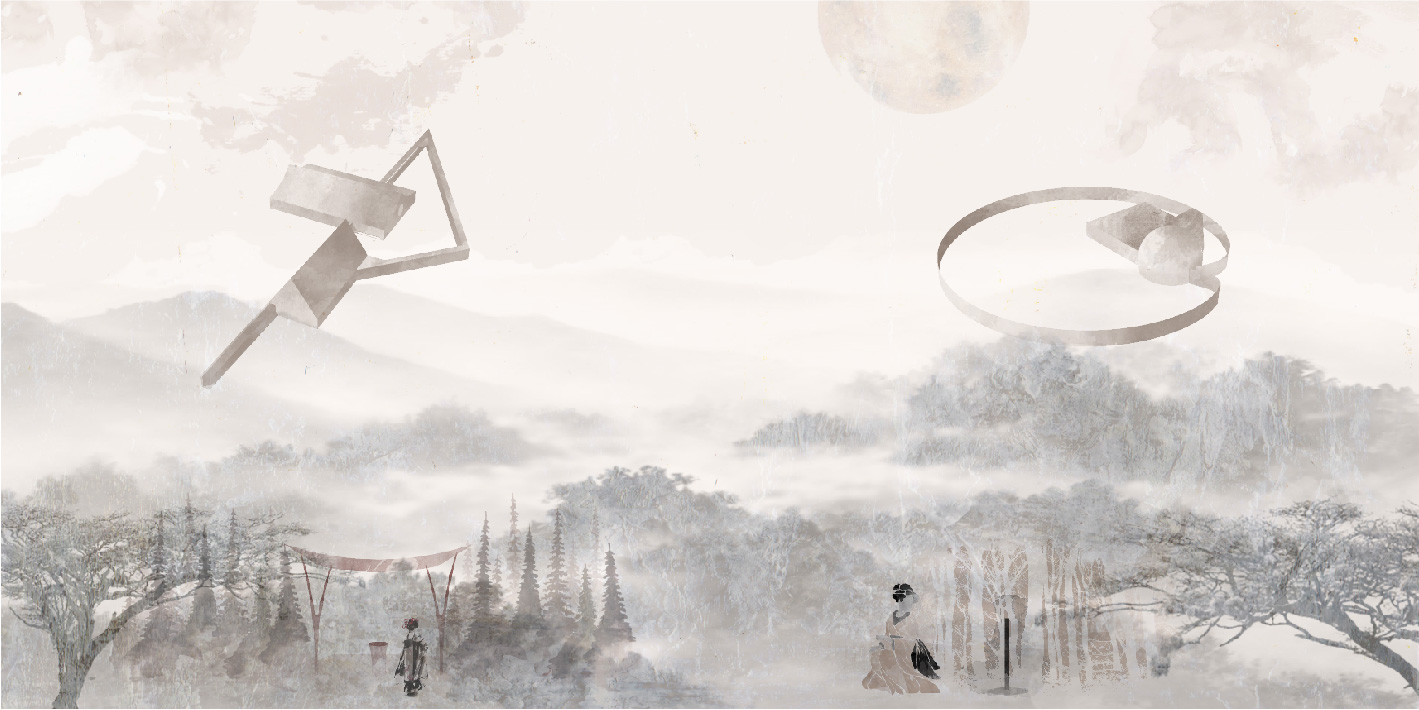
Architecture - through its modifying capacity of social structures and its influence on individual’s mood - becomes a tool for individual in oder to reach introspectiveness. Through light manipulation and symbolism, of which the architectural project is imbued with, we could be able to re-balance the psychological deficiencies caused by death-wish.
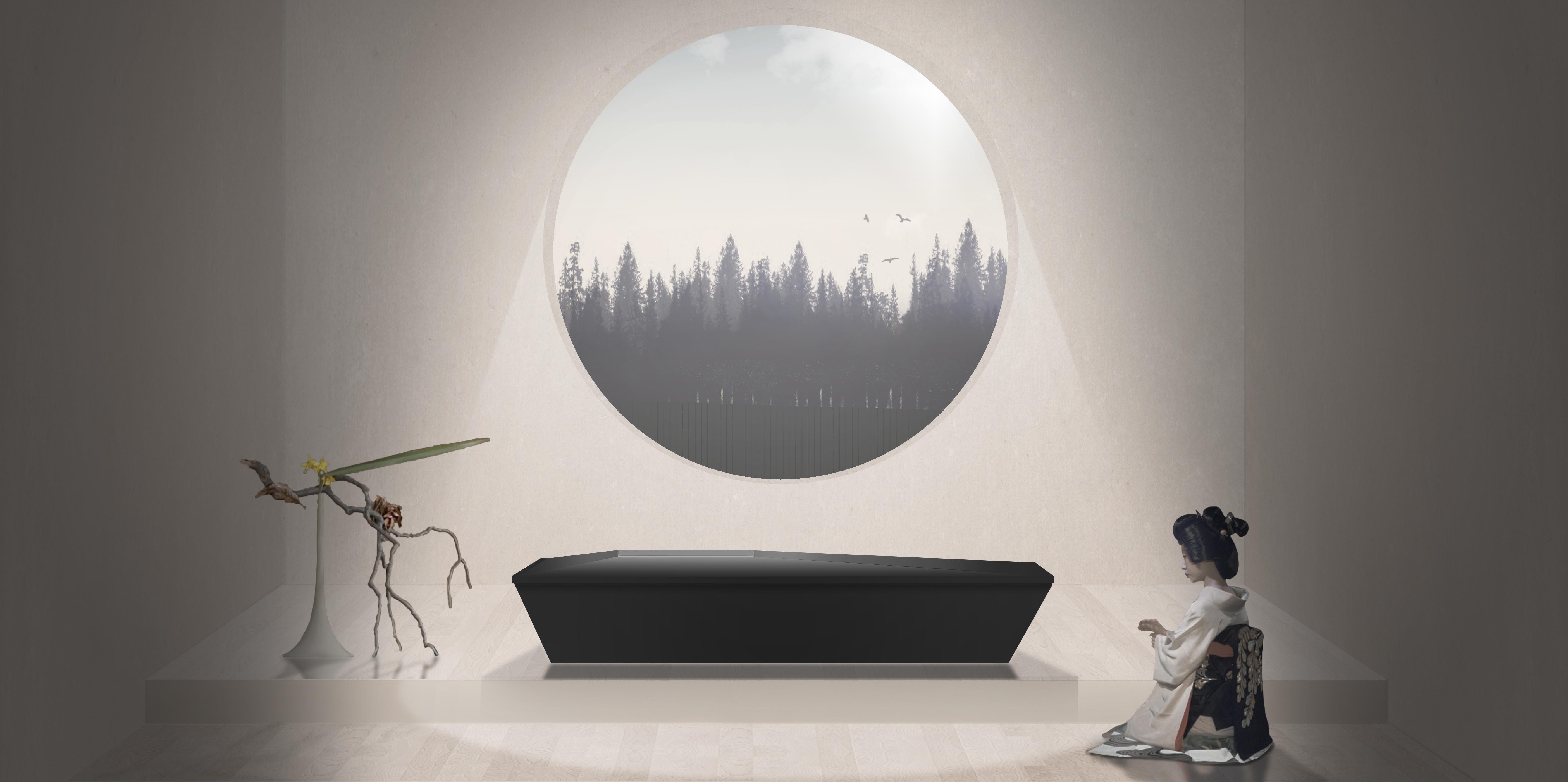
The Board:
